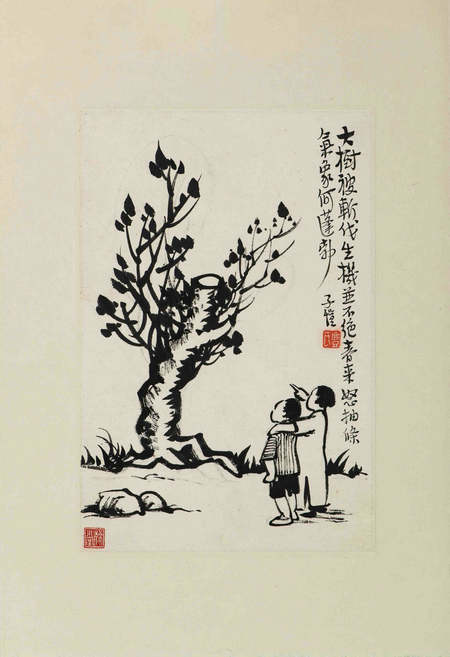Figure 1 Liu Haisu. Huangshan Sky Wonder. Ink and color on the paper. Source: http://www.lhsamb.com/portfolio/%E9%BB%84%E6%B5%B7%E4%B8%80%E7%BA%BF%E5%A4%A9%E5%A5%87%E8%A7%82
The painting above is one of the most famous paintings of Liu Haisu. It is called “Huangshan Sky Wonders.” Liu Haisu made this painting in 1976. The painting is about a famous landscape in China which is Mount Huang. Liu Haisu was very interested in Mount Huang, in his older age. He went to Mount Huang for over five times in order to admire the majestic mountain, and he painted over ten drawings. “Huangshan Sky Wonders” is the most famous one. Many kinds of materials are used in this painting. He used ink and brushes first to get the basic contour. Then he used azurite, cinnabar and white powder combined with a special way of painting called “Po Mo.” Its literal meaning is using the ink and spread them on the paper. This kind of technique would create a feeling of blurring for the viewer. People who saw this painting would feel that Mount Huang was tremendous. This kind of painting technique was developed by Liu Haisu and has been thriving since 1976. In the painting, we can see that different bright colors are used like red and blue. These two colors would not appear in the traditional “Shan Shui” painting. The old painting would use colors like grey, black and white. Liu Haisu combined his experience learned when he was in Europe. Like in his old oil painting, he would use lots of bright colors. It is a big leap over the old traditional “Shan Shui” painting. Liu Haisu is in the frontier of combining the western art style with old traditional Chinese painting. He used to have an oil painting in his early years. He combined Vincent van Gogh and Matisse to create his oil painting. “Huangshan Sky Wonders” is his first painting that did not use his most familiar oil painting. He used ink and color on paper. The size of this painting is 134.1cm x 69.3cm. It is relatively small compared to those “Shan shui” paintings. However, its techniques of “Po Mo” would still give the viewers a feeling of awe to the gigantic Mount Huang.
Reference
- Shao Xiaofeng, Liu Haisu’s contribution to “Po Mo”, Xing Lang, http://collection.sina.com.cn/cjrw/2018-10-08/doc-ihkvrhpt0024451.shtml
- http://www.lhsamb.com/portfolio/%E9%BB%84%E6%B5%B7%E4%B8%80%E7%BA%BF%E5%A4%A9%E5%A5%87%E8%A7%82












